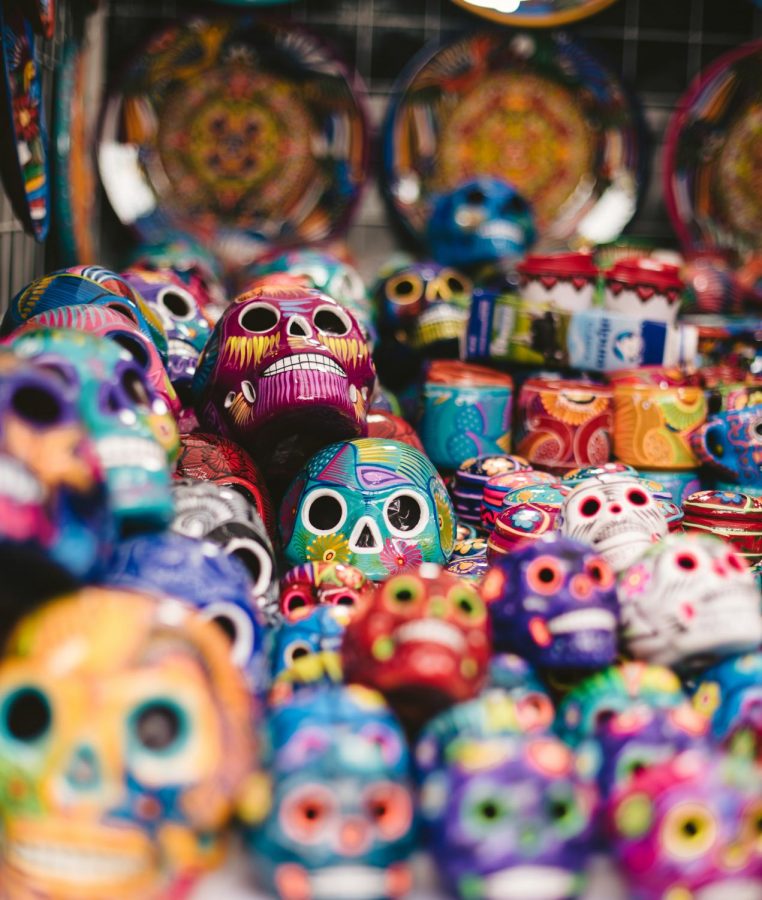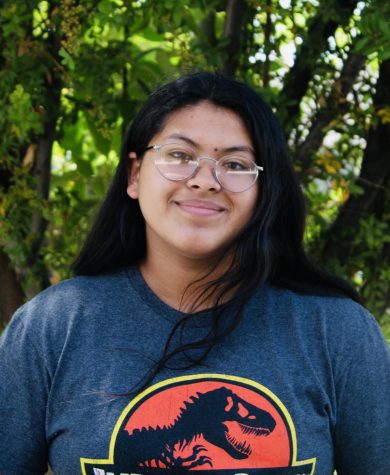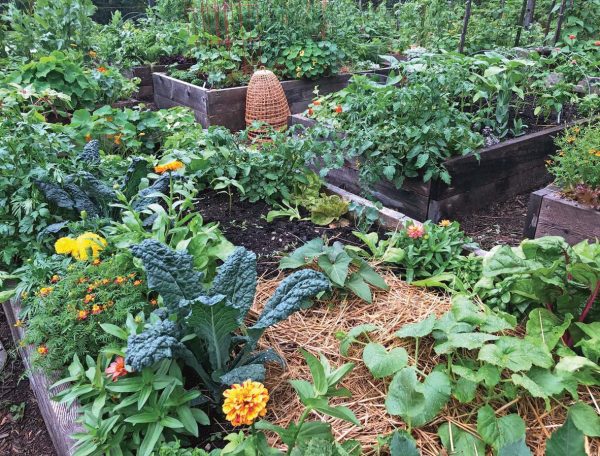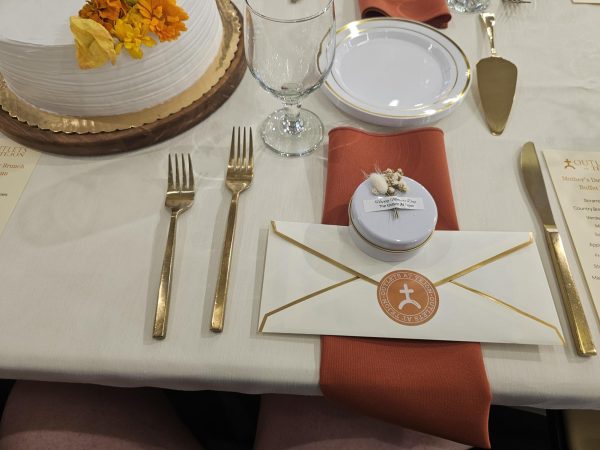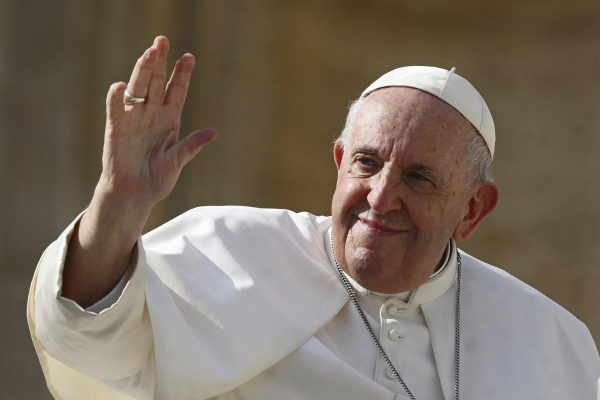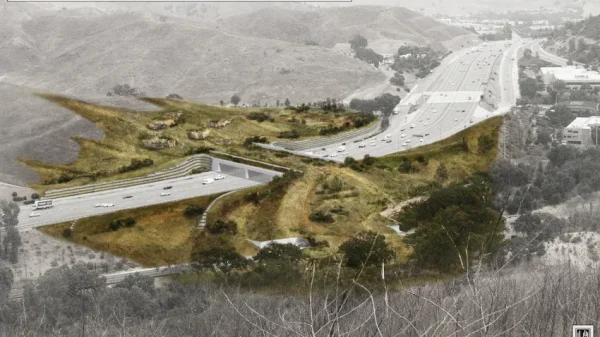Dia de los Muertos
Colorful Skulls for sale in Mexico City during Dia de los Muertos.
Dia de los Muertos or Day of the Dead is a 2-day celebratory time. It is believed that the passageway between the living and the spirit world opens, allowing for dead loved ones to pass over and visit.
This time is a celebration as it is believed that grief and sadness would insult the dead. The day is spent with lively and colorful parties and activities. This includes, but is not limited to, food, drinks, and items that the dead enjoyed while alive, as well as large parades with special offerings.
Day of the Dead is commemorated in many Latin countries such as Columbia, Venezuela, El Salvador, Peru, Hondorus, Ecuador, and Nicaragua. However, none are as associated or celebrate the holiday quite as vividly as Mexico.
This holiday takes place on Nov. 1-2. Nov. 1 is said as the time when deceased children pass through the passageway as angelitos or little angels. Nov. 2 is the time when adults cross over.
Preparation for this joyous event is done many weeks in advance by family members. Traditional items such as altars are set up, and decoration of burial sites as well as preparation of food are done.
Altars known as Ofrendas are set up with favorite food items, photos of those lost, water, flowers, and small offerings that celebrate the life of the deceased. Marigolds are placed around the burial site and on the ofrenda to help guide the spirits back due to their smell and bright color.
Other items such as calaveras (skulls), Papel Picado, and La Catrina, are essential parts of the celebration. Calaveras today are known as sugar skulls that are brightly decorated with colorful paint and hold huge smiles. These can be edible or ceramic.
Papel picado are brightly colored pieces of paper that are hung like a banner and showcase small designs. Lastly, La Calavera Catrina is one of the largest symbols of Dia de los Muertos. Many people will paint their faces with skulls and flowers to honor this skeleton woman, who was made to resembles a more modern Aztec queen of the underworld, Mictēcacihuātl.
Although many of these decorations are important to the holiday, food and bread are items that will always be essential to the celebration. Pan de Muertos is placed on altars and eaten, along with other food items such as tamales and pozole that are made from recipes that are passed down from generation to generation.
The most significant part of this holiday is remembering and celebrating loved ones that have moved on from this world with those that are still here.
Your donation will support the student journalists of Canyon High School. Your contribution will allow us to pay for our print issue magazine, website, and equipment costs.

